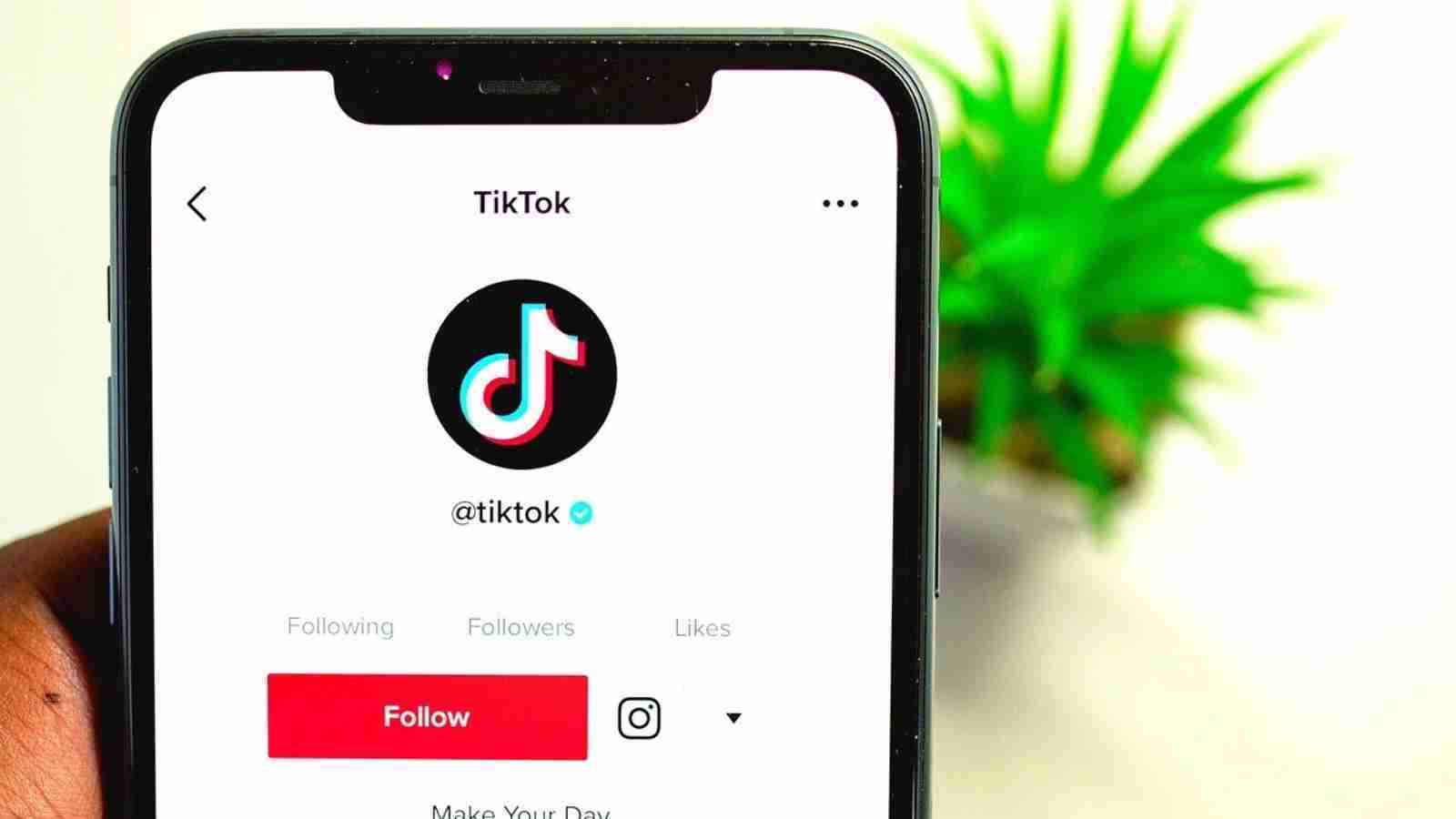TikTok Fickleness at the Transition of Power
Posted by Victor Mills • Jan 21, 2025 2:38:08 PM
TikTok's US Ban, RedNote's Rise, and Brand Safety Implications
TikTok's ban in the US just got put on hold. The decision by President Trump to extend a 90-day delay on the recently passed judgement banning TikTok underscores the shifting sentiments in Washington DC on how to influence, if not regulate major tech platforms.
After months of legal battles and a decision that upheld by the US Supreme Court, Donald Trump, the new President-elect threw TikTok a potential life line over the weekend. TikTok immediately issued statements paving the path for the essential role of its service providers to keep operations intact. On Trump’s Inauguration Day, not only did the CEO of TikTok have a prominent seat at the proceedings but Trump later in the day implied that there could be a “joint venture” path, with the USA, for TikTok to continue its operation in the States. Details to be hashed out in the future.
Meanwhile, amidst TikTok's turbulent week, RedNote emerged as a potential beneficiary, experiencing a surge in American and English-speaking users since last Tuesday. The short-form video app is very similar to TikTok, but unlike it, RedNote operates under guidelines and policies that are distinctly aligned with Chinese cultural norms and regulatory standards.
This shift highlights the fluidity with which users transition between platforms when faced with uncertain futures and revenues. RedNote's quick uptake reflects the opportunistic engine that fills voids left by regulatory riffs, showcasing the demand for social media outlets where voices can be heard, or money can be made. This dynamic is a critical reminder to advertisers about the volatility of platform popularity, the importance of a diversified digital strategy, and the need to set internal standards for what is acceptable within a corporate brand safety program.
Brand safety concerns become particularly pronounced in such scenarios. The shifts in user bases raise questions about not only the viability of new and existing platforms, but the safety and appropriateness of shifting environments as well.
As platforms like RedNote experience sudden interest, advertisers must assess these new spaces for potential risks, ensuring that their content aligns with brand values and reaches intended audiences safely. Particularly in an East Vs. West context of content acceptability (and audience values) the unpredictability of social media landscapes necessitates robust brand safety protocols to navigate potential transitions effectively.
While Chinese users shared advice on navigating censorship, American users introduced their daily lives, creating a space for sensitive discussions about work-life balance, sexuality, and cultural norms generally not deemed acceptable by the Chinese government – a cross cultural clash that most brands would avoid.
Looking forward, the TikTok episode serves as a reminder of the interconnectedness of regulatory decisions, platform dynamics, and brand safety. As the social media landscape continues to evolve under a new administration the ability to pivot quickly, assess new environments, and maintain brand safe strategies will be complex and frustrating for brands. Having clear brand and corporate values to lead your brand safety/platform decisions will be essential and invaluable as a new administration courts the influence these platforms can have on public opinion.
Topics: Brand Safety, Technology, Publishers, Standards, Social Responsibility, measurement, data, content, marketing, misinformation, hate speech, education, video, News, Social Media, TikTok, gaming, content creators, streaming, digital advertising, contextual advertising, apps, content moderation, mobile gaming, multimedia, regulation, people, journalism, Platforms
Want To Stay Ahead In Brand Safety?
Sign up for the BSI Newsletter to get our latest blogs and insights delivered straight to your inbox once a month—so you never miss an update. And if you’re ready to deepen your expertise, check out our education programs and certifications to lead with confidence in today’s evolving digital landscape.

